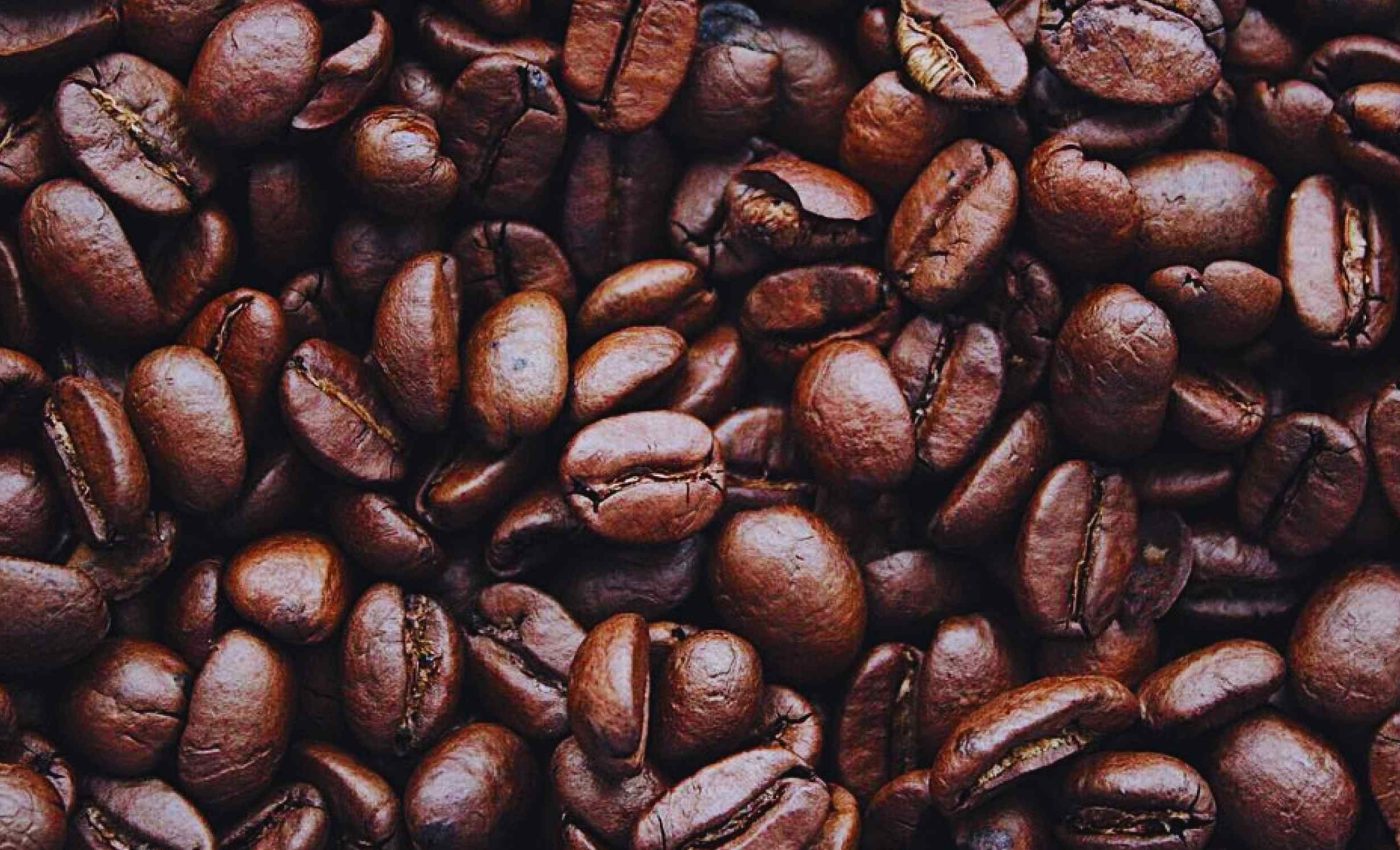
Natural molecules found in certain types of coffee help you lose weight without dieting
Coffee sits at the breakfast table of millions, prized for its flavor and the zip that follows the first sip. Now a Danish trial suggests the beverage may also shrink the bathroom scale, thanks to a little-known molecule lurking in unfiltered brews.
Why cafestol matters
The compound is cafestol, a fat-soluble diterpene most abundant in espresso, French press, and Turkish coffee. Lead investigator Frederik D. Mellbye from Steno Diabetes Center Aarhus says the team wanted to know whether purified cafestol could change markers tied to obesity and diabetes.
“Participants who received cafestol lost an average of 1.94 lbs of body weight over twelve weeks,” the study team reports. In the 12-week, placebo-controlled study, 40 adults with large waistlines swallowed either 6 mg of cafestol or an inert capsule twice daily.
Unfiltered coffee already intrigues metabolic researchers because habitual drinkers show lower rates of type 2 diabetes.
Isolating cafestol let the Danish scientists test whether weight and fat changes might happen without the full brew.
A closer look at the Danish trial
Volunteers kept their normal diets but were limited to one cup of unfiltered coffee each day to avoid extra cafestol.
They could drink as much filtered or instant coffee as they liked, since those contain negligible amounts of the compound.
Magnetic resonance imaging measured abdominal fat before and after the intervention, while blood tests tracked glucose handling and liver enzymes.
The design mirrors earlier coffee studies yet stands out because it uses a purified molecule rather than brewed coffee.
What the numbers reveal
Visceral fat fell by five percent in the cafestol group, corresponding to 440 mL of lost internal fat that wraps organs and drives disease risk.
Weight dropped two percent, while the placebo group gained almost a kilogram during the same period.
Liver health improved as well, with gamma-glutamyl transferase (GGT) falling 15 percent among cafestol takers, a notable shift because high GGT predicts diabetes onset.
Fasting glucose, blood pressure, and subcutaneous fat barely budged, suggesting the molecule targets deep abdominal fat first.
How cafestol stacks up against other coffee compounds
Roasted beans house hundreds of chemicals, but most headlines focus on caffeine or chlorogenic acids. Cafestol differs by dissolving in coffee oils that paper filters remove, which explains why a French press tastes richer and delivers more of the molecule.
Animal work previously linked cafestol to better insulin secretion, but the new human data found no change in insulin sensitivity.
The authors note that a higher dose or longer trial might reveal effects that 12 weeks at 12 mg per day could not capture.
Weight loss, fat types, and health risks
Losing visceral fat matters because this depot floods the bloodstream with free fatty acids, a driver of insulin resistance and inflammation.
By trimming that hidden fat without strict dieting, cafestol hints at a new nutrition-based tool against metabolic syndrome.
The findings echo earlier work with green coffee extract, where chlorogenic acids modestly lowered body-mass index (BMI) in overweight adults. Together, these studies keep pointing to coffee as more than a caffeinated pick-me-up.
The cholesterol caveat
Historical trials showed daily cafestol above 10 mg can raise LDL cholesterol, likely by suppressing bile acid export in the liver.
The Danish team did not see a cholesterol rise at 12 mg per day, suggesting a narrow window where weight benefits appear without lipid penalties.
Even so, people with heart disease risk should wait for larger safety studies before chasing cafestol supplements.
Regular paper-filtered coffee still delivers polyphenols without the diterpene load that might nudge cholesterol upward.
Unanswered questions and next steps
“The present study reveals that a dosage of 6 mg cafestol twice daily for a period of twelve weeks causes reductions in visceral fat content, body weight, and gamma-glutamyl transferase levels compared to placebo,” Dr. Søren Gregersen and colleagues wrote in the report.
They call for trials in prediabetic and diabetic cohorts, where metabolic chaos is worse and benefits could be bigger.
Researchers also want to clarify how cafestol shifts fat metabolism without altering insulin response. One theory is that the compound tweaks mitochondrial activity in adipocytes, nudging stored triglycerides toward combustion rather than storage.
Finally, dosage and delivery matter; the capsules used here equal roughly four 5 oz cups of French press coffee. People chasing similar intake through espresso alone would need several shots each day and would pick up caffeine and other compounds along the way.
The study is published in Nutrients.
—–
Like what you read? Subscribe to our newsletter for engaging articles, exclusive content, and the latest updates.
Check us out on EarthSnap, a free app brought to you by Eric Ralls and Earth.com.
—–













